Peng Liyuan, Xi Jinping, and Barack Obama in the Lincoln Bedroom in the White House
Photo: Peter Souza, Flickr
Xi Jinping visited the US from 22-28 September 2015. He kicked off with two days of speeches and meetings with tech executives in Seattle—an opportunity to stress the two countries’ strong commercial ties, but also to reassure a powerful sector rattled by the implications of China’s expanding national security regulations. After his first state visit to Washington DC, from 24–25 September, where President Obama hosted meetings and a state dinner at the White House, he spent several days at the United Nations in New York.
The visit was not widely expected to be a success. It coincided with the growing scandal over a cyber attack on the Office for Personnel Management, in which as many as twenty million records were stolen, making it the largest breach of government data in US history, and which US government sources attributed to China. There were other sources of tension as well. The turbulence in China’s stock market over the preceding months had sharply reduced confidence in China’s economic management. And the US had been criticising China’s island-building in the South China Sea for several months, to Beijing’s acute irritation.
In the end, things went slightly better than expected. Intense negotiation on cyber security in the weeks preceding the visit resulted in some agreed-on, if weak, language on the subject. Both sides agreed not to ‘conduct or knowingly-support’ commercial espionage, though China has consistently denied doing this anyway. The difference between commercial and national security espionage remained undefined. Given sweeping definitions of national security in China this leaves an expansive grey area, encompassing the various commercial sectors described as ‘core’ national interests. However, the agreement provided a basis for further discussion. Both sides committed to a ministerial-level, multi-agency dialogue twice a year.
With regard to climate change, China and the US had made headlines ten months previously with an agreement that put Australia to shame on the eve of the Brisbane G20 Summit. During this visit, they built on this agreement, releasing a joint vision statement for the UN Conference on climate change, COP21 in Paris (30 November–12 December 2015). Co-operation between two of the largest emitters of carbon dioxide was fantastic news for COP21, and demonstrated China’s commitment to making a substantive contribution to global governance.
The two Presidents addressed regional security in their joint press conference, including the South China Sea. Xi denied any intention to militarise the Spratly Islands, and said that China supported freedom of navigation and overflight in accordance with international law. Perhaps his words, at odds with China’s actions ever since, were intended to blame the US for militarising the area, and bolster the idea that all China does is defend its sovereign interests. More meaningful was an agreement on handling air-to-air encounters, of which there had been several through 2014 and 2015, including a reported near miss by only ten metres.


